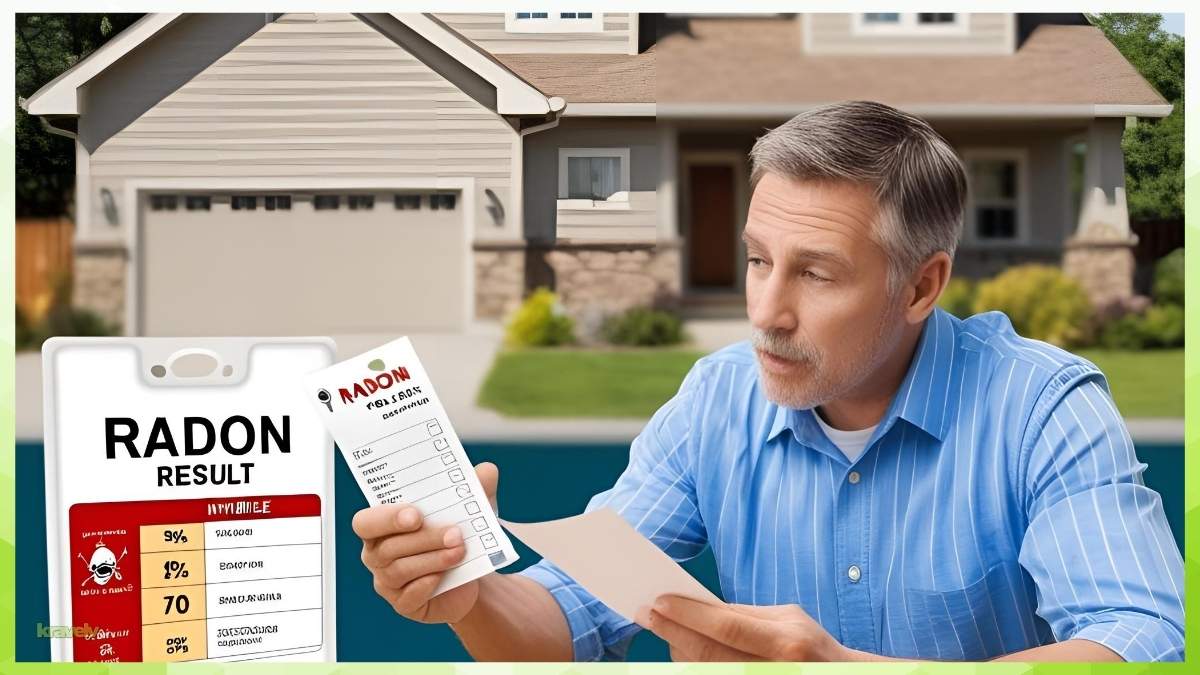Last Updated on April 2, 2025 by Kravelv Spiegel
Radon is an invisible, odorless, and tasteless radioactive gas that seeps into homes from the ground. It’s a leading cause of lung cancer, second only to smoking. Despite this, many homeowners underestimate its risks and make critical mistakes when dealing with radon. Let’s dive into the most common errors and how you can avoid them.
Key takeaways:
- Many homeowners ignore radon risks, assuming their homes are safe without testing.
- Relying on short-term tests or skipping mitigation after high radon readings can be dangerous.
- DIY radon mitigation often leads to improper solutions, making professional help essential.
- Regular testing, proper mitigation, and maintenance are key to keeping radon levels low.
Common Mistakes Homeowners Make
Ignoring the Risk of Radon
Many homeowners believe radon isn’t a problem in their home because they don’t see or smell anything unusual. However, radon is a silent danger that can cause severe health issues over time.
Not Testing for Radon
Testing is the only way to know if your home has radon. There are affordable DIY kits and professional testing services available. Skipping this step could put your family’s health at risk.
Assuming Radon Is Only a Problem in Certain Areas
Radon can be found everywhere, not just in specific regions. Even if your neighbor’s home has low radon levels, your house could still have dangerous amounts.
Using a Single Short-Term Test and Assuming It’s Accurate
Radon levels fluctuate throughout the year. A single short-term test may not give a clear picture. It’s better to use long-term testing for accurate results.
Ignoring Radon Test Results
Some homeowners get high radon readings but fail to take action. Ignoring the problem won’t make it go away. If your test results show high levels, mitigation is necessary.
DIY Mitigation Without Professional Help
Radon mitigation requires specialized knowledge. Many homeowners attempt DIY solutions, but improper installation can make the problem worse. Hiring a certified professional is the safest option.
Choosing the Wrong Radon Mitigation System
Different homes require different mitigation methods. A professional can help you choose the right system, ensuring it works effectively.
Not Maintaining the Radon Mitigation System
A mitigation system isn’t a one-time fix. Regular maintenance is necessary to keep it working properly. Check fans, pipes, and seals to ensure efficiency.
Thinking Radon Is Only a Problem in Older Homes
Even newly built homes can have radon issues. In fact, airtight homes may trap more radon inside. Every home should be tested, regardless of age.
Not Testing After Home Renovations
Renovations can affect radon levels by altering airflow and pressure in your home. Always test after making structural changes.
Believing Radon is Only a Basement Problem
While basements often have higher radon levels, the gas can spread throughout the house. Upper floors are not immune, especially in well-sealed homes.
Relying on Air Purifiers to Solve the Problem
Air purifiers can improve indoor air quality, but they don’t effectively remove radon. Proper mitigation systems are the only reliable solution.
Ignoring Radon in Water Supply
Radon can also enter through well water. If you rely on well water, get it tested and consider filtration systems if needed.
Not Educating the Family About Radon Risks
Raising awareness among household members ensures everyone understands the importance of radon mitigation. Educate your family to take necessary precautions.
How to Protect Your Home from Radon
- Test your home regularly – Even if your home has tested low before, levels can change over time.
- Follow EPA recommendations – If your radon levels exceed 4.0 pCi/L, take corrective action immediately.
- Invest in professional mitigation – Certified radon mitigation professionals can install systems to keep levels safe.
- Seal entry points – Cracks in the foundation and walls should be properly sealed to reduce radon entry.
FAQs
1. How often should I test my home for radon?
It’s recommended to test every two years or after any major home renovation.
2. Can I reduce radon levels without professional help?
DIY measures are risky. It’s best to hire a certified radon mitigation specialist.
3. How does radon enter my home?
Radon seeps in through cracks in the foundation, floors, and walls.
4. What are the health risks of radon exposure?
Long-term exposure increases the risk of lung cancer.
5. Are there any government programs to help with radon mitigation?
Yes, some states offer grants or financial assistance for radon mitigation.
Final words
Radon is a serious but manageable threat. The key is awareness, testing, and proper mitigation. Don’t make the mistake of ignoring it—take action to protect your home and loved ones.

